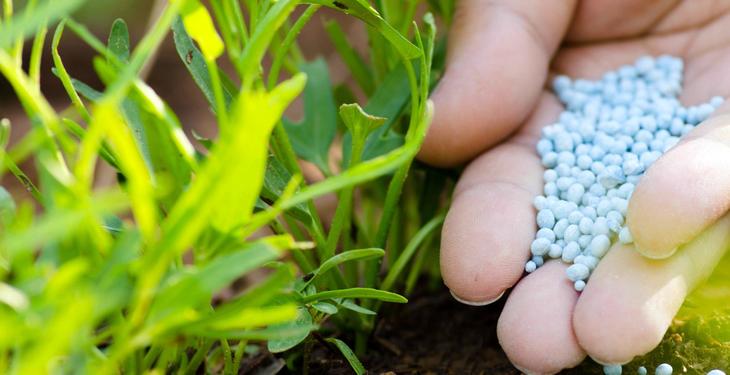The decarbonisation of the economy and the measures that must accompany this process for fertilizer producers in European Union countries, provided for in the Green Deal agreement, were discussed in an online meeting between Azomureş CEO Harri Kiiski, also chairman of the Agriculture Committee of within the European Fertilizer Producers Association (Fertilizers Europe) and the Executive Vice-President of the European Commission, Frans Timmermans.
At the conference, which was also attended by CEOs of Europe’s leading fertilizer plants, Kiiski called on Timmermans to keep the free emissions until 2030, “while CBAM sectors should be given free quotas on a basis similar to the ETS sectors,” it is shown in the Azomureș release.
At the same time, the elimination of carbon emissions from the storage process is a challenge for the industry and the development of a new ammonia production process will not only allow the production of green fertilizers, but will also develop other sectors of the economy, such as maritime transport or energy.
“From the point of view of the fertilizer industry, it is imperative that the new model of the carbon reduction mechanism (CBAM) and the carbon trading mechanism (ETS) be structured in accordance with the following conditions: Free quotas must be maintained until 2030, and CBAM sectors should be granted free quotas on a similar basis to the ETS sectors. The fertilizer sector must remain competitive in order to further support the European agri-food value chain. The scope of the CBAM should include not only basic products of ammonia and nitric acid, but also all finished nitrogenous fertilizer products to avoid the imports into Europe of products that do not comply with these rules. An export mechanism is needed to ensure that fertilizer producers remain competitive in world market The European fertilizer industry has an import export of value-added fertilizers and this market must be supported”, Azomureş officials claim.
During the meeting, Harri Kiiski also said that there are premises for a special technological development with the transition to ammonia production having as raw material electricity, compared to methane gas at present and that Romania, along with other European countries, is not still ready for a radical transition.
“This transition must be made after a rigorous analysis of the industrial environment, depending on production capacities, but also on the specifics of each country. In the case of Romania, for example, at this time there is an energy transition from coal to methane gas, whilst in some Western European countries, the transition from methane to hydrogen is taking place, and methane gas resources are being depleted. Romania, along with other European countries, is not yet ready for such a radical transition, requiring very large investments from the state in the energy infrastructure. A unitary approach to the subject would lead to a lack of competitiveness for part of the industry”, also said the general director of Azomureş.
